Penang is known as the food capital of Malaysia, and it’s no wonder why. Every street in Georgetown, the most popular area of the island, is lined with restaurants, cafes and hawkers selling the most delicious dishes you can imagine. Forget all the temples on the island, eating is the true religion here, and one that all can follow wholeheartedly. Being the foodies that we are, we couldn’t visit Penang without doing a food tour of the street food capital. Junie from Food Tour Penang took us around to the best cafes, restaurants, eateries and markets, providing plenty of interesting commentary about Penang’s culture, history and food.
History of Food in Penang
Penang is a melting-pot of cultures that have developed a distinct food community unbeatable in South East Asia. Centuries ago, Chinese male workers, namely Hokkienese; Teochew; Cantonese; Hakka and Hainanese, moved to Penang. Single (or separated), they married local Malay women, thus creating a marriage of different cuisines and ingredients to create a new type of cuisine, famously known as Nyonya. Nyonya cuisine is very popular in Penang (and Malaysia in general) and is meticulously prepared by the women in the family. Indian migrants also moved to Penang for work, bringing their own vibrant flavours and ingredients, adding to the myriad of flavours in Penang. Over time, these cooking techniques, palates and styles have influenced each other, creating dishes to please many a foodie.
Feeling Pinspired? Hover and click over the images to save them to Pinterest!
- So much awesome food
- Seeing the masters at work
- One of the popular hawkers
Street Food in Penang
That all sounds delicious, but where does street food come into this? Understanding the hunger long workdays create, locals would often serve food for the workers. Initially “coffee shops” were the place that served the labourers, with popular dishes such as nasi lemak, roti with kaya (coconut jam), and even the special white coffee (coffee beans that are roasted with palm oil margarine and at lower temperatures than regular coffee) on the menu. Then hawkers began coming together to serve food for the workers, building portable stores and marketplaces for the workers to come and eat, and the rest is culinary history!
We caught up with Junie and two other expat travellers living in Cambodia and started the day being driven through the maze of streets to head to our first stop.
First Stop: Coffee
Our first stop was one of the oldest coffee shops in Penang, Kafe Kheng Pin. This is a popular cafe amongst the locals and serves all types of dishes. As we sat down to introduce ourselves and enjoy the mid-morning rush, Junie sorted out a few dishes from the local stalls and quickly returned with two dishes that we washed down with traditional Penang-style coffee. Our first dish, Lorbak, is tofu skin wrapped around pork. This was certainly a highlight, and it just melted in our mouths. We quickly followed it up with Nasi Lemak, served, untraditionally, with Chinese roast pork, a favourite breakfast dish for the locals.
One of the gems early on was getting acquainted with Penang’s specialty white coffee, where the beans are roasted with palm oil margarine. Being the sweet-tooth that I am, this coffee went down a treat. Smooth and sweet, this coffee is for those who can’t drink the stronger stuff. It reminded me of a café bonbon from Spain (although not as sweet). Guy opted for a sweeter traditional black coffee, which is close to Turkish style coffee.
Back in the car, savouring the air-conditioning on a sweltering day and zooming around the small back streets, we found two of the best street stalls to tuck into some Roti. Roti is a thin, Naan-like delicacy that made Guy and I gain a few extra kilograms while in Malaysia! The Roti Canai Jalan Argyll is known to have the best roti, but you must get in early, as they typically sell out by 11am. Try it with coconut jam (kaya), dahl or a plain canai (pronounced cha-nai) and you won’t be disappointed!
The “Wet” Markets
Next stop – the “wet” markets at the back of Little India, also known as Chowrasta Square. This spot is where having local knowledge really pays off. Set in a tiny little space overflowing with all sorts of local dishes, we sat down and were presented with some fantastic plates. Here, we got to try Curry Mee (coconut-based curry noodle soup similar to a laksa), Hokkien Mee (shrimp based noodle soup) and Char Kuih Kak (egg and rice cake stir-fry) served on the typical banana leaf ‘plate’. Banana leaves are said to be good for infusing flavour and aiding in digestion.
Normally Guy is not huge on hot and spicy curries, but these dishes were so well flavoured and balanced that he practically licked his bowl clean. Even I, the biggest wimp when it comes to anything spicy, enjoyed the dishes thoroughly, noting how the tiny addition of spice enhanced all of the other flavours in the dish. We washed everything down with nutmeg juice (which tasted just like cola-flavoured chuppa-chupps) before hitting the road to our next spot.
By now we were both starting to regret sneaking in breakfast before the tour as we wandered through the markets, sampling small local delicacies such as local fruit, Chinese Cruelles (similar to savoury churros), Huat Kueh (a bright pink rice flour cake) and, my favourite, Poh Piah (a light crepe filled with crushed peanuts and sugar). To say it clearly, a lack of food is not something you should be worried about on this tour!
Hameediyah Restaurant
We arrived at our next destination, Hameediyah Restaurant, an Indian-Muslim restaurant that has a stellar reputation among locals. As usual, Junie ordered us the two house specials – Murtabak (an Arabic stuffed bread with chicken, and dahl) and Nasi Kandar (a variety of curry with rice). We washed them down with Bandung (a pink, sugary sherbet-like drink), lime water and, my new favourite, Teh Tarik (Malaysian tea, sweetened with condensed milk). The Murtabak was flavoursome and thick, as it’s essentially a stuffed roti, filled with chicken pieces and vegetables. The Nasi Kandar wasn’t really our thing, as we both enjoy the coconut-based curries more. The big highlight was getting to see them make the murtabak from scratch.
Teochew Chendul Restaurant
At this stage, we’re almost so full that we need to be carried from restaurant to restaurant, but Junie powered on, saving the best for last. As we walk into our last stop at the Teochew Chendul Restaurant (on Lebuh Kheng Kwee Street), we suddenly found our ‘second stomachs’. Two of Penang’s most famous dishes were placed before our little group: Asam Laksa (fish-based noodle soup) and our all time favourite Malaysian dish, Cha Kway Teo (flat rice noodles traditionally stir-fried with prawns or chicken). The Asam laksa went pretty quickly (Guy preferred the curry mee) but we were all about the Char Kway Teo. It had this beautiful smokiness to it as its cooked in a fiery wok and the flat noodles were to die for.
And now for dessert
Not to neglect our dessert stomachs, we also had two more dishes to go. Chendul is a refreshing dessert of pandang-flavoured noodles, red beans, shaved ice and sweetened coconut broth. Our second desert was Ais Kacang, a mixture of shaved ice, root beer, creamed corn, red beans, palm seeds and jelly. Seeing these two desserts reminds me of the Friends episode where Rachael accidently skips a page in the cookbook when making Christmas trifle and concocts a trifle with cream, jelly and mince. Despite the odd mixture of savoury and sweet ingredients, these dishes both work and are a wonderful way to satisfy a sweet-tooth on a hot and humid day. The Ais Kacang was definitely the winner of the desert competition for us and is a must try when you visit Penang.
Feeling hungry yet? If you are heading to Penang and love your food, definitely book a food tour with Food Tour Penang. Just make sure you wear expandable pants or loose clothing, as you will eat a lot! They also run a food tour in Kuala Lumpur also. Check out their website for more details. Thank you to Junie and Food Tour Penang for allowing us to eat our way around Georgetown.
Have you been to Penang? What is your favourite dish? Comment below!
NB: Food Tour Penang provided us with a discounted tour, but our views and opinions remain our own.
Latest posts by Kim-Ling (see all)
- 9 Gifts for the Traveller at Home in 2020 - November 27, 2020
- Tropicfeel Shoes – The Travel Shoe for Everywhere, Every Day - June 22, 2020
- Light to Light Camps – The best way to do the Light to Light Walk - July 30, 2019


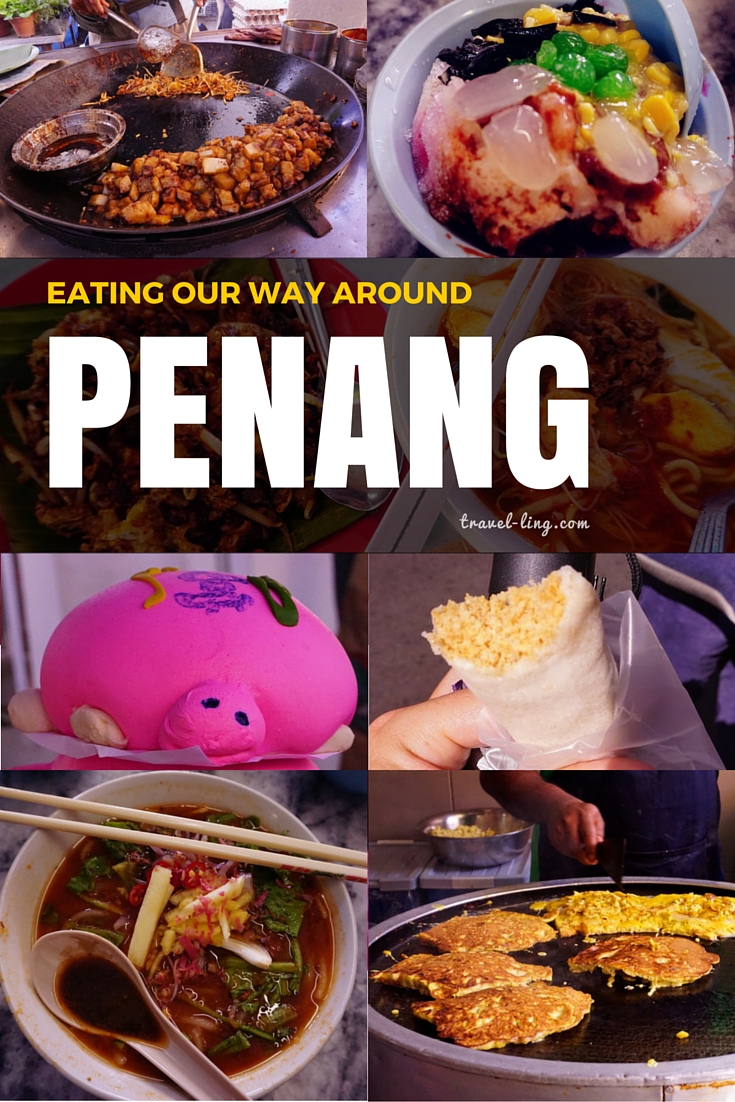
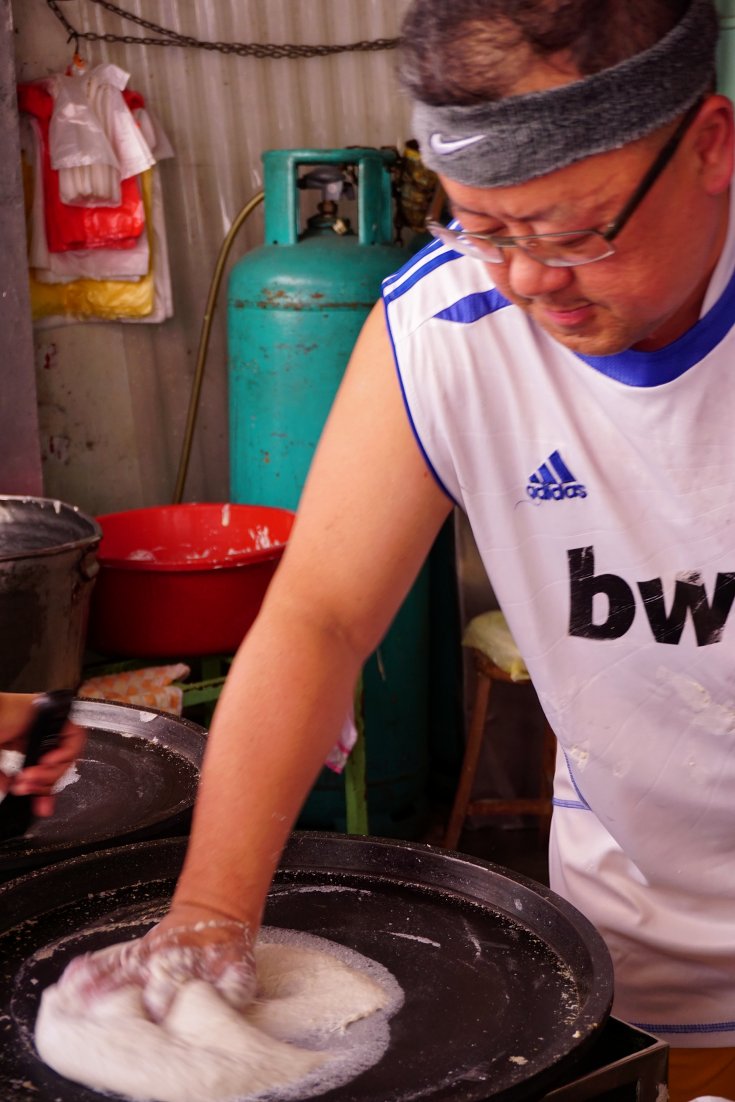
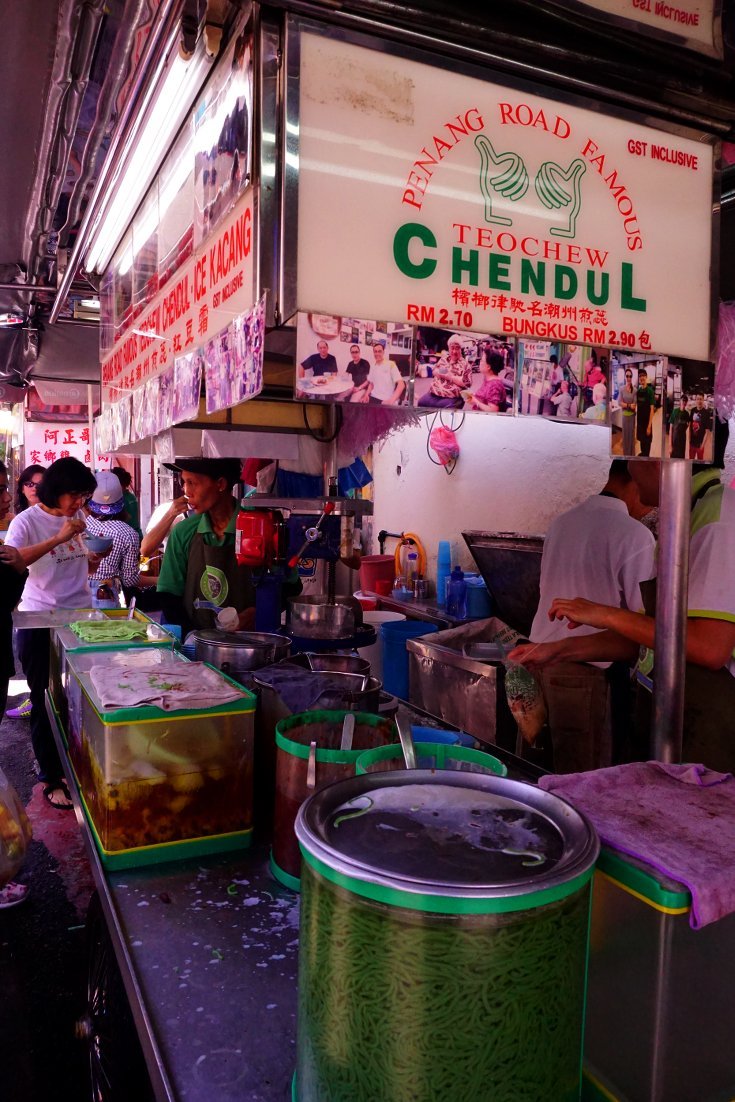
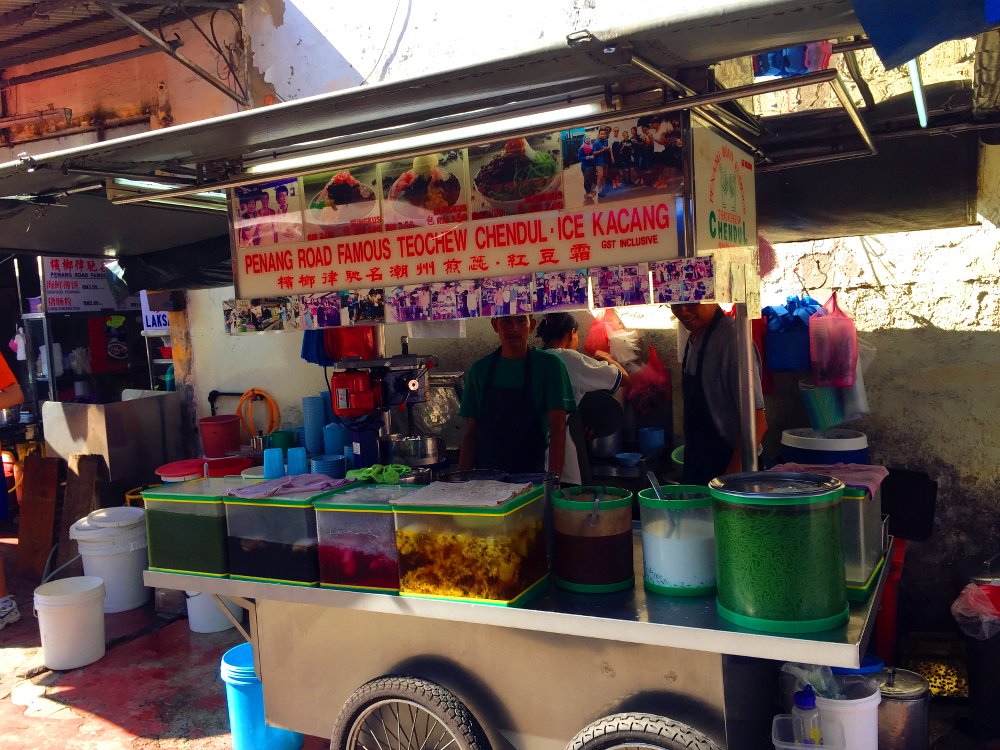
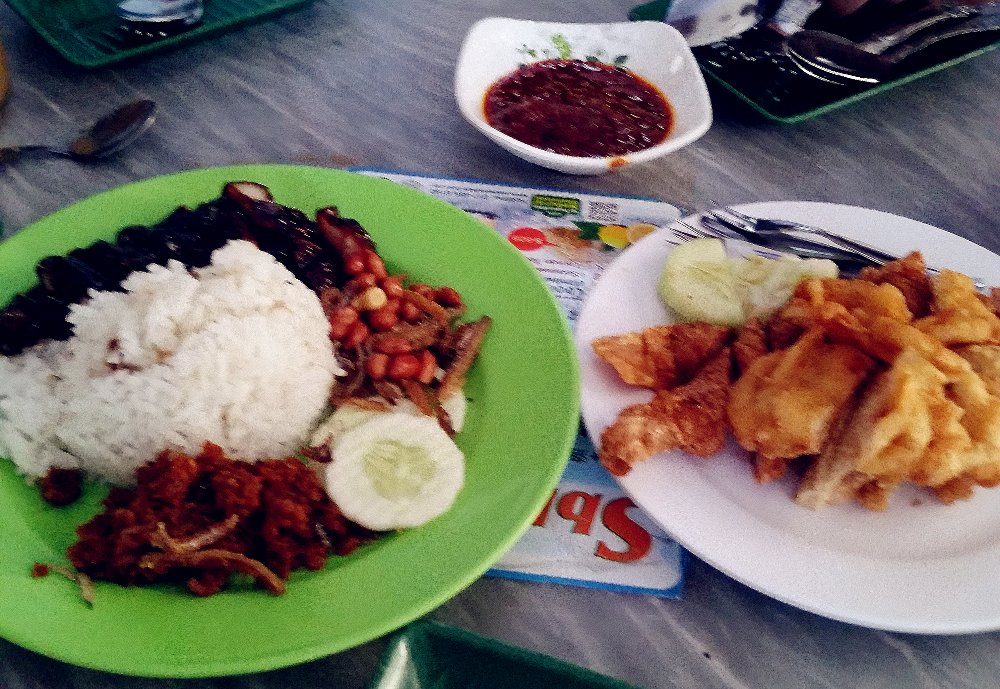
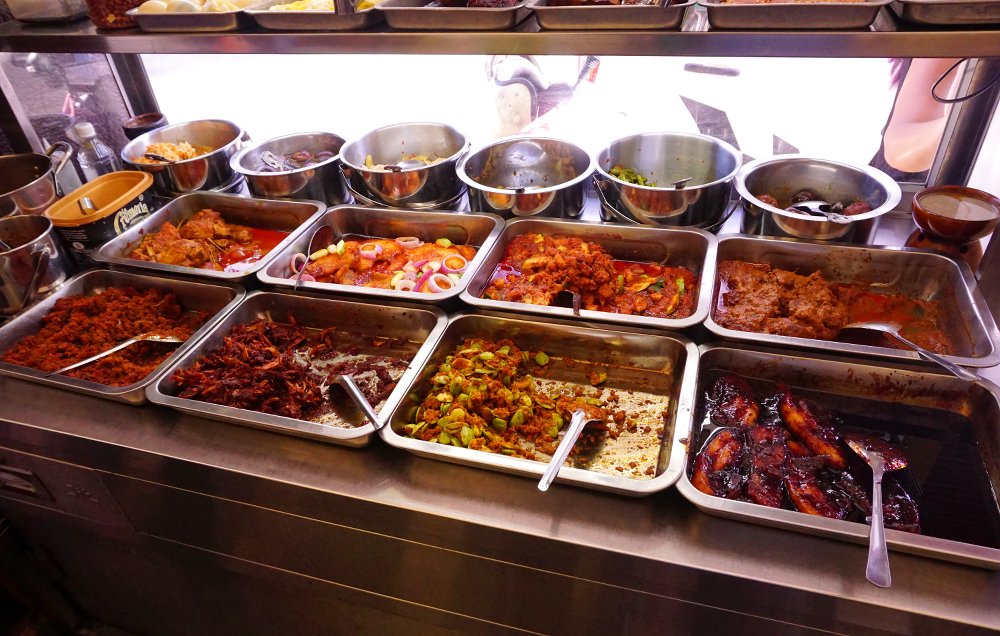
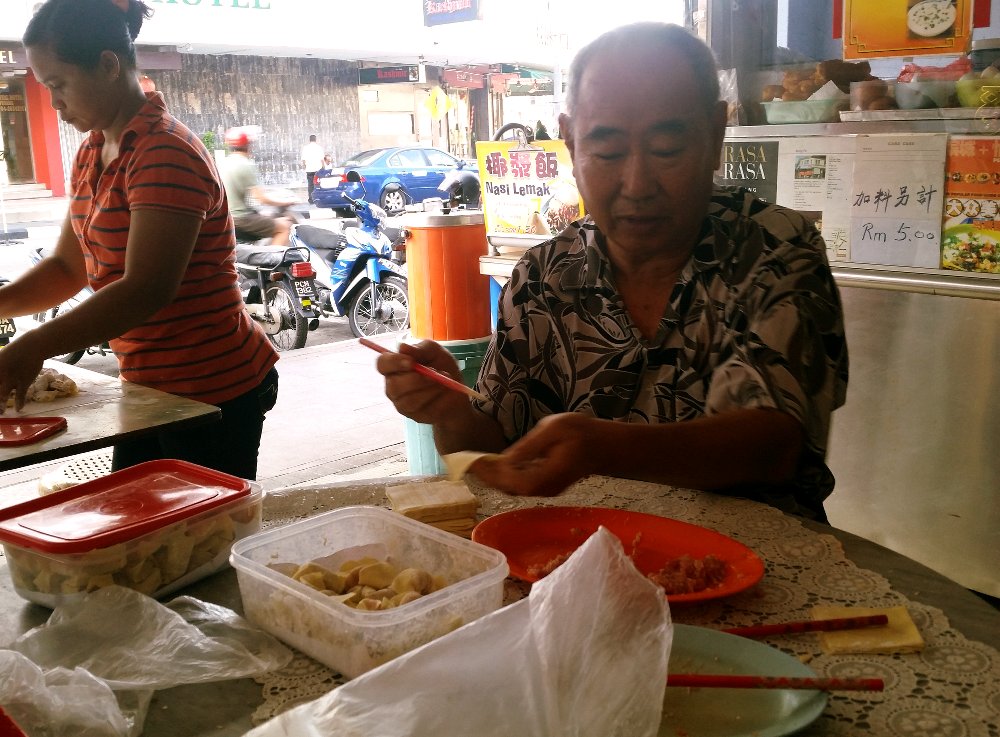
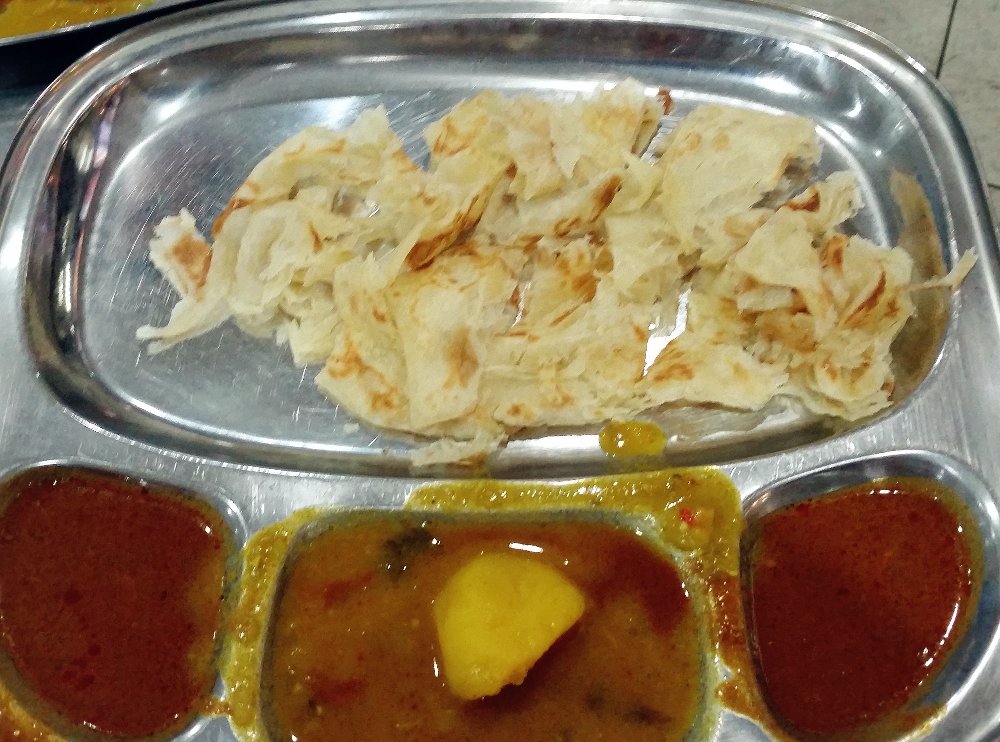
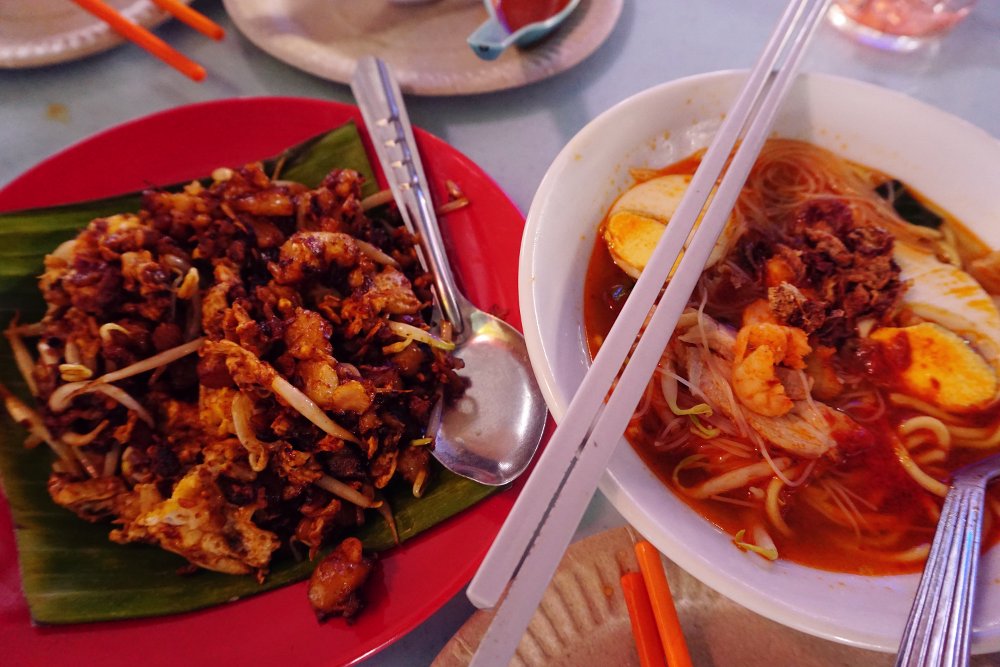
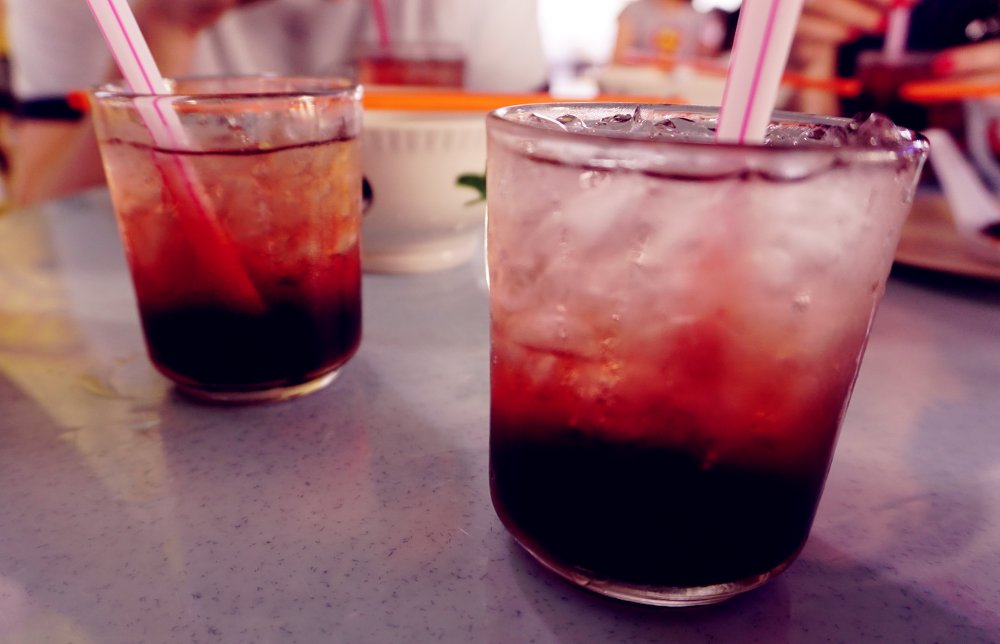
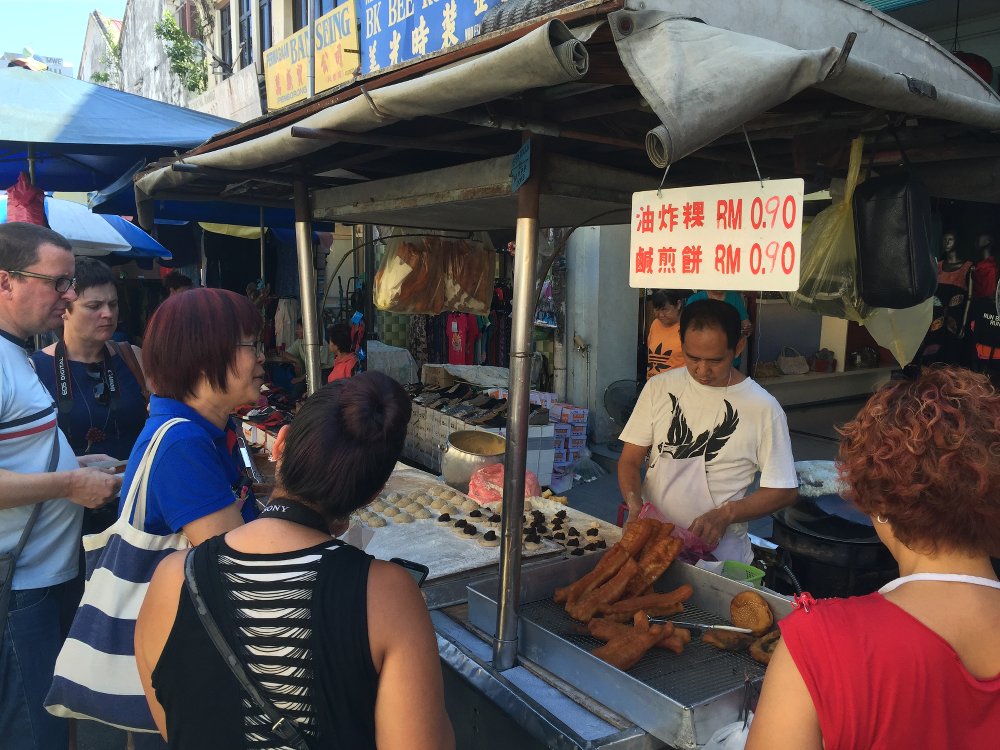
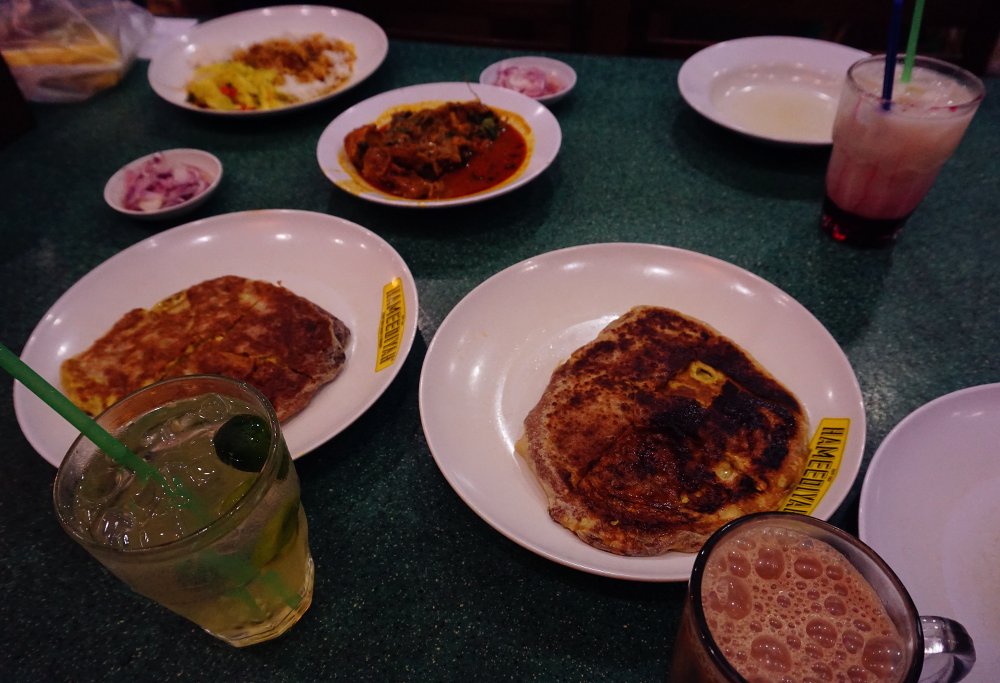
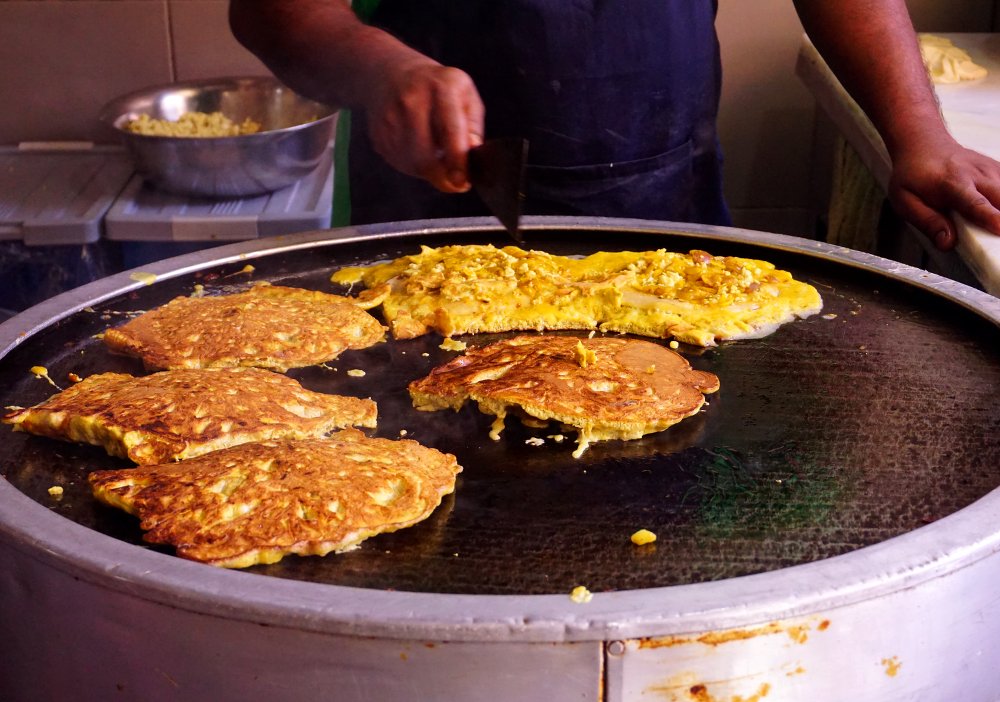
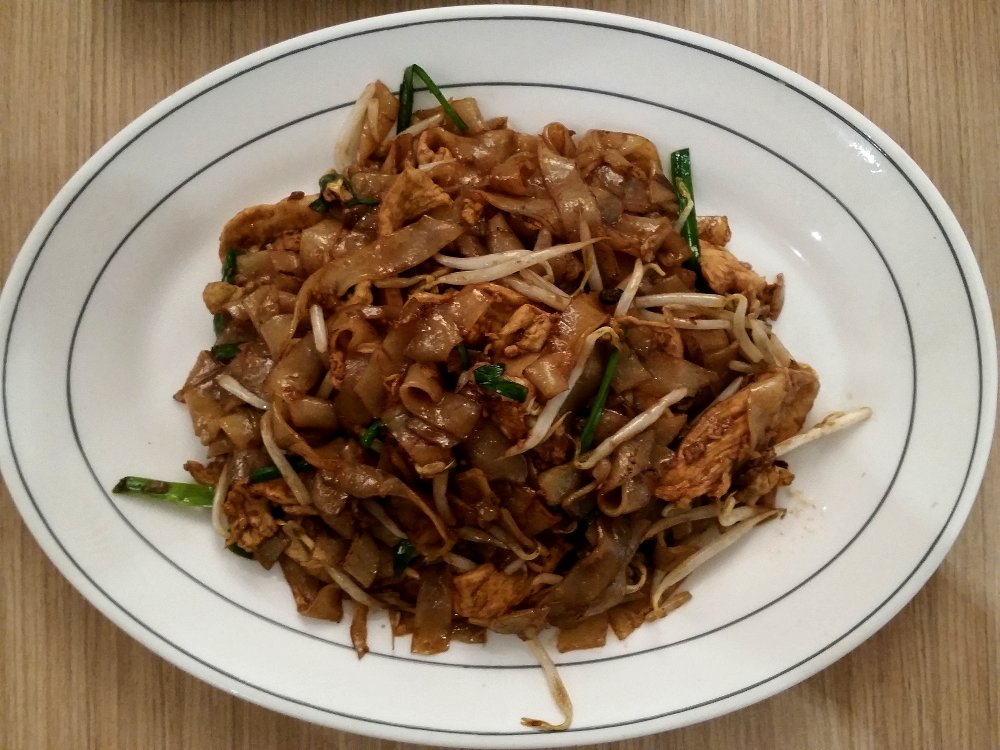
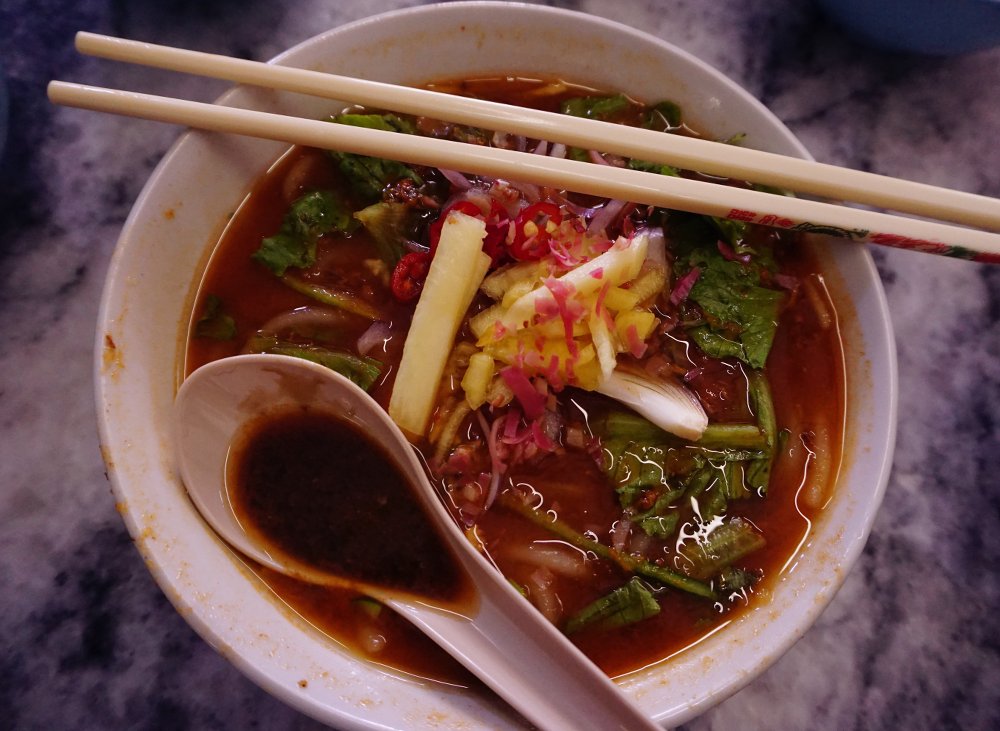
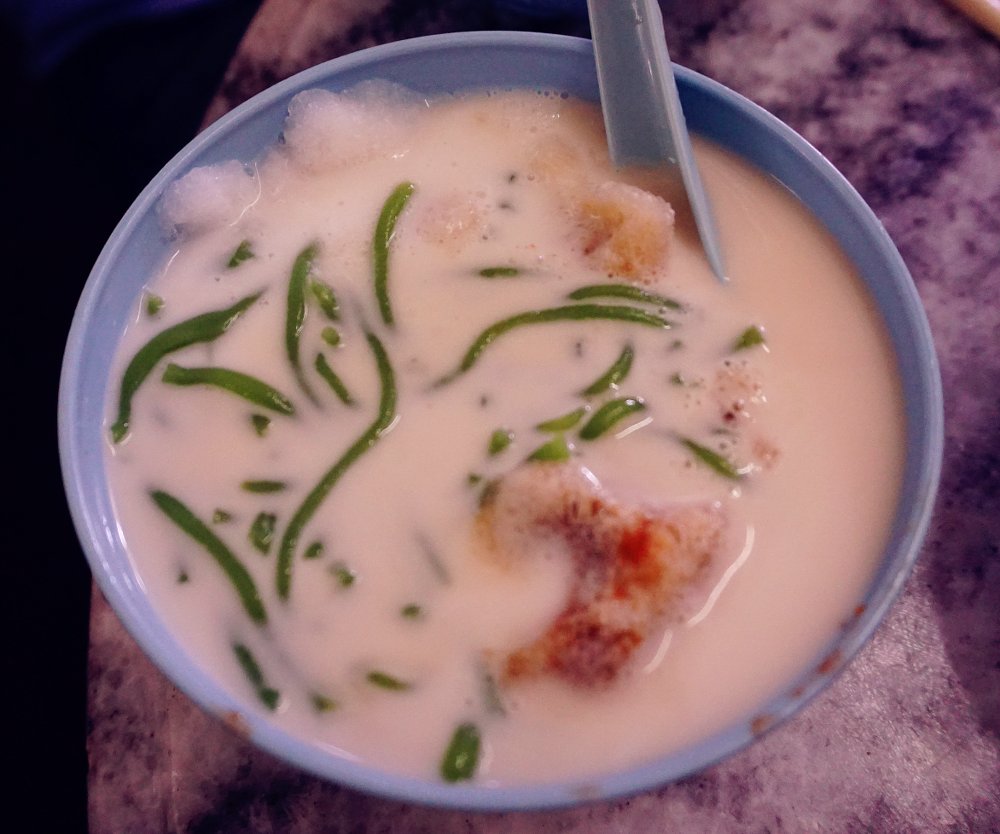
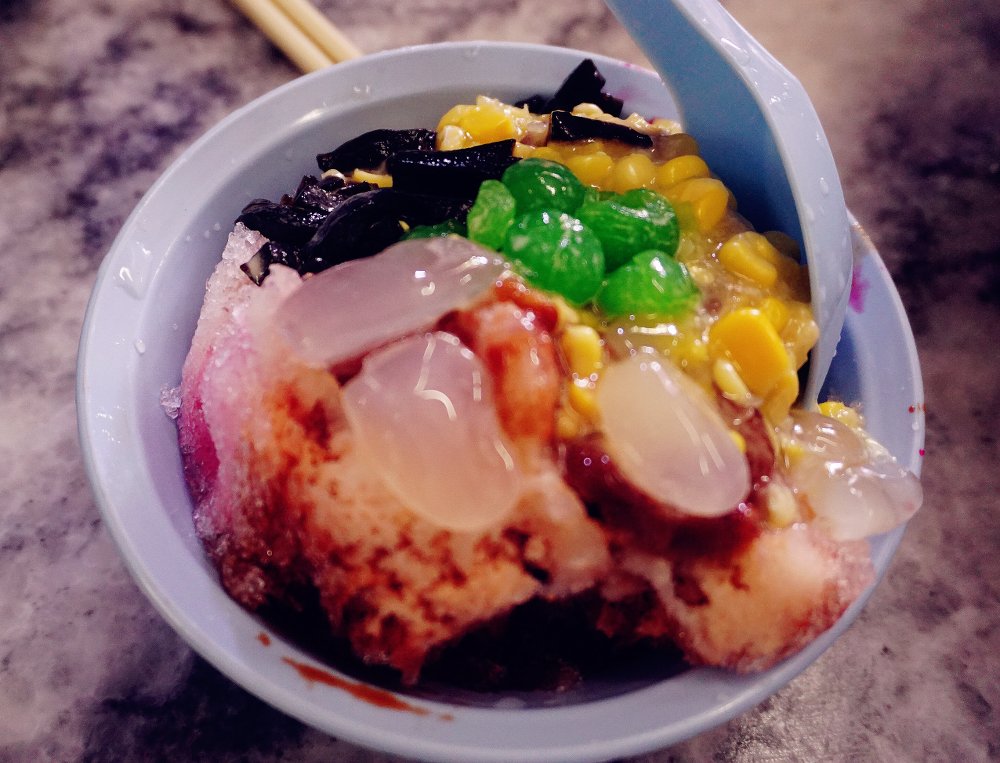
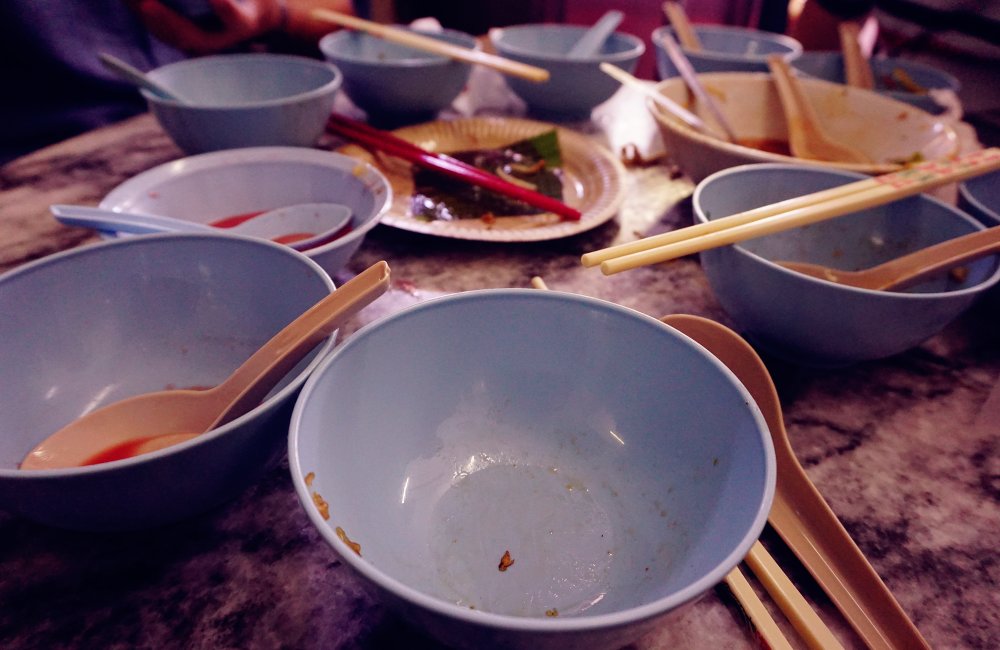
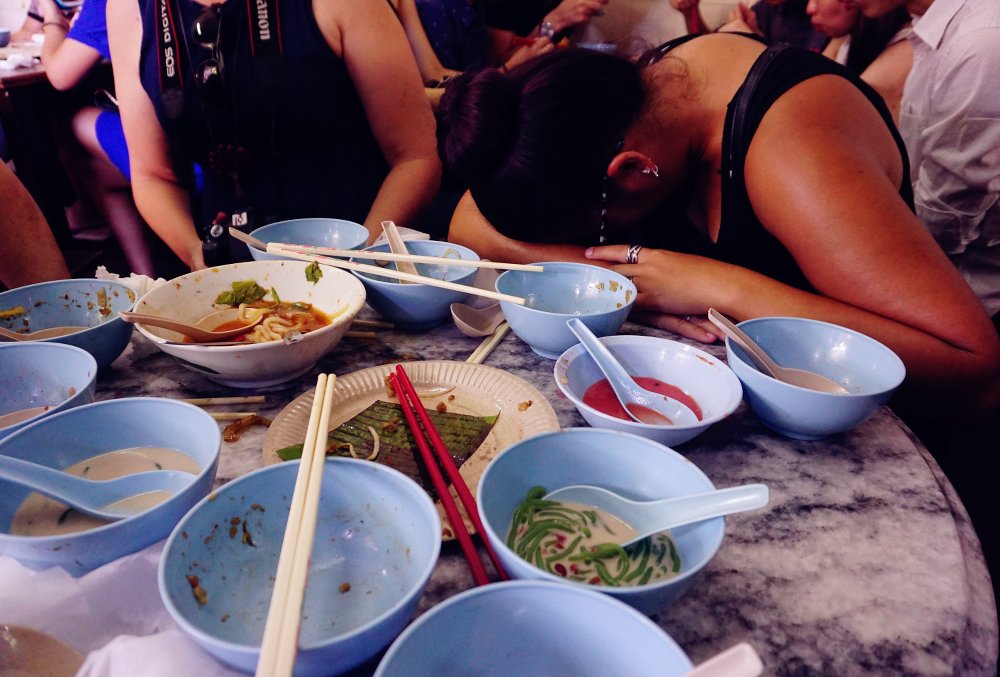

Hey Kim-Ling, this is a great write up on the food that Penang has to offer!
Penang is my hometown, and I can’t wait for my trip back there in June or August. My favorite dish has to be the char koay teow and cendol. Many Penangites are so proud of their char koay teow at home that they will resist saying a plate of char koay teow from another place (say, Kuala Lumpur) is better. 😛
Again, great write up and I’m going to share this on Twitter so my friends there know what to eat when they visit Penang.
Thanks Wayne! Glad you enjoyed the post! Char Koay Teow is definitely our favourite too. Dare I say it, there’s a delicious Duck Char Koay Teow in Canberra, Australia (blasphemy, I know!)! Thanks for sharing! 🙂
And you said it’s delicious! No choice but to try it out when I visit Canberra then. 🙂